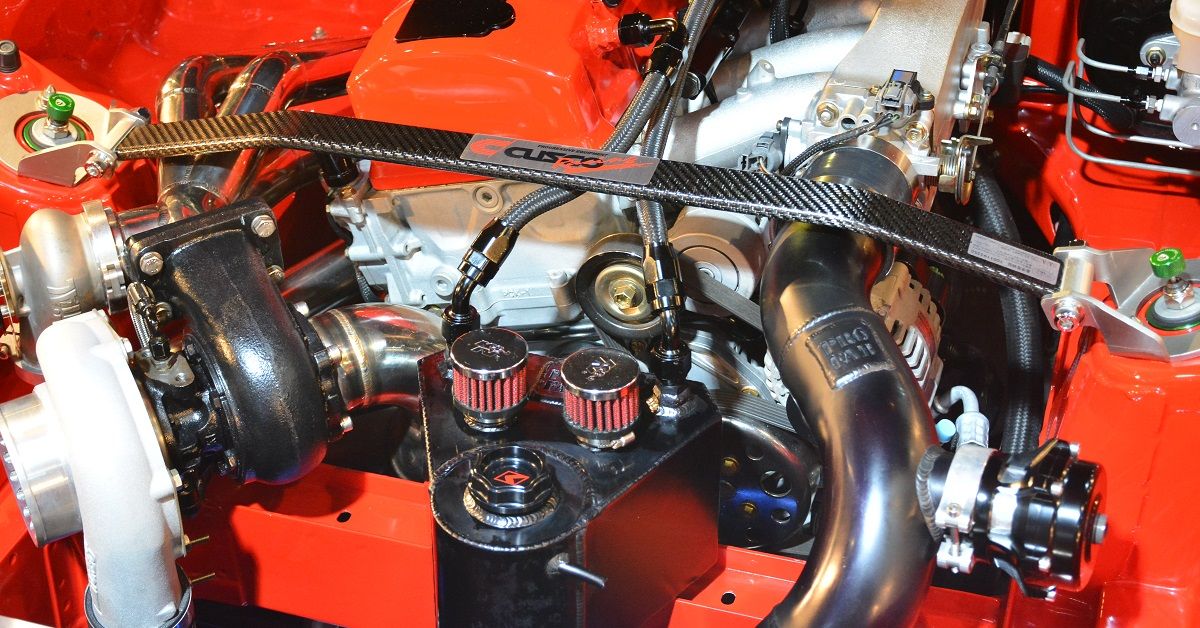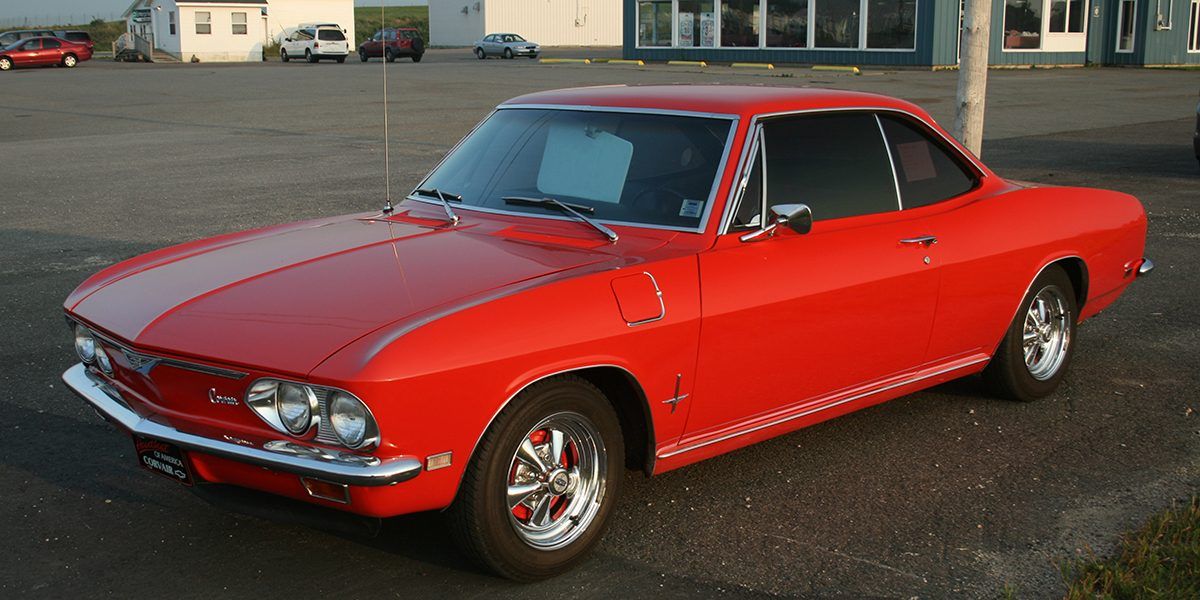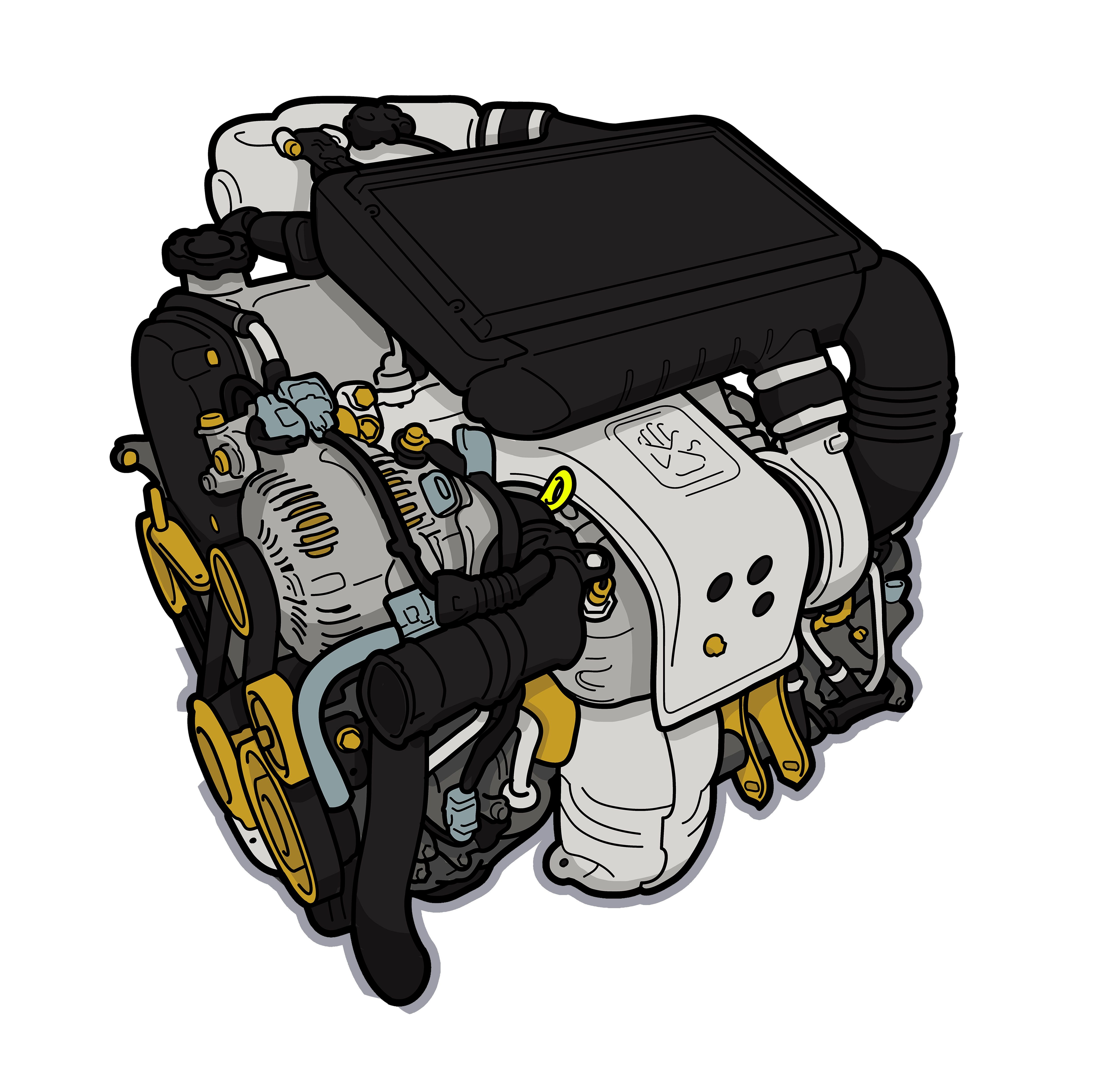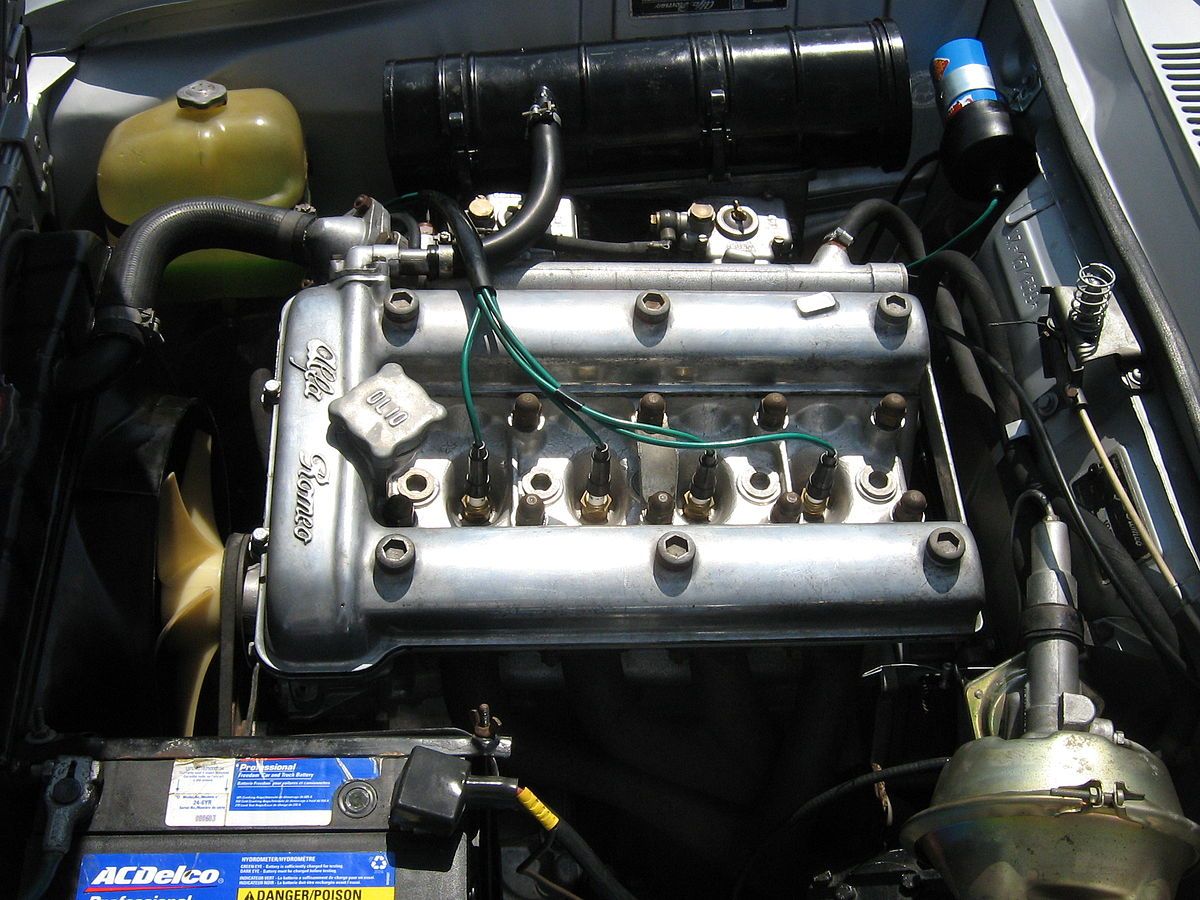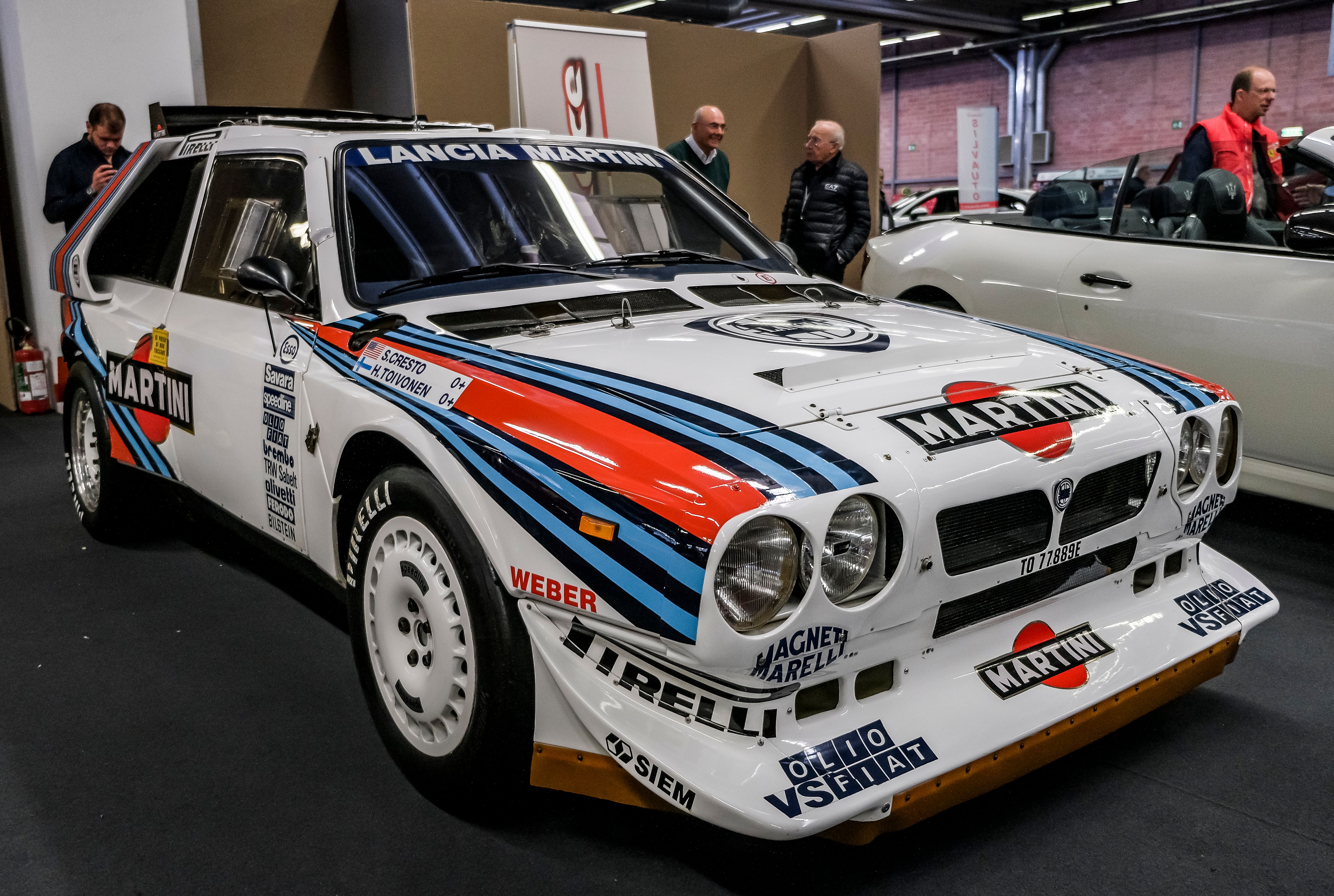To turbo, or not to turbo - that is the question: Whether it is worth suffering through turbo lag in order to get extra power at the end or receive instant throttle response from your engine, we do not know the definitive answer. And aside from the gross misuse of that Hamlet quote, this is a serious question: Which one is better, turbo inline-four or N/A inline-four?
Well, when speaking of four-cylinder engines, it's important to remember just how many different kinds there are. According to Experian, 37.7% of the cars you see every day are powered by a four-cylinder engine, so the debate over turbo vs. non-turbo is relevant to a lot of people.
The history of the inline-four engine goes back basically to the dawn of the internal combustion engine, but it wasn't until around 1908 that the Ford Model T would popularize the inline-four along with the 1913 Peugeot Indi 500 engine that won first place that year. Those two world-renowned engines were naturally aspirated, as opposed to the ever-popular F1 inline-four engines from the '80s, which used turbos instead.
Both define the notion of displacement efficiency (getting the most out of what you've got). But which one does it better? Here is a guide to help you decide what's best for you.
The Origins Of Turbocharged Rides
The first turbocharged passenger cars were actually American, not Japanese. The Chevy Corvair Monza and Oldsmobile Jetfire both had turbos strapped to their engines from the factory, but neither car lasted for very long. The art of forced induction was still in its infancy and was prone to blowing up unprepared engine blocks.
But then came the 1970s and the fuel crisis hit hard, sending the muscle car era into the abyss and welcoming the idea of downsized, turbocharged engines as well as Japanese cars. Turbos quickly turned into a performance phenomenon with F1 cars adopting the technology, as well as Porsche, who in 1975, came out with the first 930 "Turbo" and popularized the word itself.
Into the '80s and '90s, Japanese car companies were innovating their use of turbos and cashing out on things like sequential turbos and twin-turbos in cars such as the Mazda RX-7, Toyota Supra, and Nissan 300ZX. This is where the modern inline-four engines were born and where our analysis begins.
Turbo Inline-Four Is A More Fuel Efficient Choice
In car production today, the turbo inline-four is used mostly for reduced fuel consumption. That describes the use of the engine's computer to lean out the mixture of fuel to air, using more air from the turbo in order to go farther and faster on less gas. This does work in some applications; however, for a smaller engine to make the same power as a larger engine, it's going to need more fuel regardless of whether it has a turbo or not.
If unreliable fuel consumption is a con of the modern turbo four-cylinder, then technology is the pro. With advanced computers and hardware, companies can virtually eliminate turbo lag by sending a puff of air through the downpipes to get the turbo spinning quickly at a low rpm figure. Then once the driver puts their foot down, the turbo is already itching to deliver more power in a linear way. This way, you get more low-range torque and less high-end power.
If you're building a turbo-four car at home, however, you've got to face the reality of single turbo engines. Depending on the size of your turbo, you will get substantial lag until it comes up on boost and proceeds to roast your tires before you can say "forced induction." And without fancy software, your chances of mitigating that turbo lag are slim to none.
N/A Inline-Four Has Its Own Advantages
The naturally aspirated inline-four, while looking similar to the turbo-four, performs in a very different way. If you built two inline-fours with the same exact parts but gave one a turbo, it would likely make more power.
Put those two engines in the same exact car, and the naturally aspirated engine will be easier to manage and likely make the car faster off the line. This is where the trade-off happens. A naturally aspirated inline-four responds directly to your requests as the driver, while the turbo-four has to wait for the turbo to spool if the driver wants maximum power.
An N/A inline-four will also sound clearer and throaty than its turbocharged counterpart. Particularly with aftermarket turbo setups, the four-cylinder gets drowned out by turbo noise, and you end up with a big vacuum cleaner sound. Without a turbo, you get intake noise and more pure exhaust notes. However, sound is subjective, and neither technically sounds better than the other.
Some Great Examples That Use These Competing Engines
If you're talking inline-four engines and don't mention Honda, you're not doing your job right. Both the Honda B18C7 and F20C engines are some of the most legendary powerplants to ever graze the face of the Earth, and both were naturally aspirated from the factory.
The B18C7 made a name for itself in the Acura Integra from '99-'01 with engineering goodies like hand-polished cylinder head ports, low-friction pistons, and lighter valvetrains. It could spin up to 8,900 rpm, which is 100 fewer than the F20C, the heart of the Honda S2000.
Spinning up to 9,000 rpm and pumping out 237 hp, the F20C cemented the hype surrounding V-TEC and Honda's four-cylinder-creating dynasty.
On the turbo side of things, we introduce the Abarth-Lancia 233 ATR. A marvel of the 1980's Group B rally championships, this tiny 1.8-liter Italian four-cylinder gave cause to the Lancia Delta S4 rally car. Remember when we said, "getting the most out of what you've got?", this is the definition of that sentiment.
The 1.8-liter devil was capable of producing 360kW or 482 hp, but legend has it that the Lancia engineers could turn up the boost and push the little hamster to 600kW or 804 hp. Of course, the 233 ATR was supercharged as well as turbocharged, but the turbo's 32psi is what sent the 233 into crazy town.

